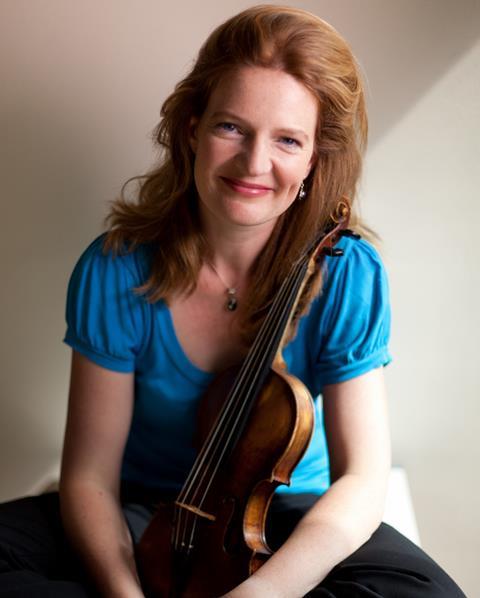The Baroque musician speaks to Philip Clark about recording Biber's Rosary Sonatas

The following is an extract from The Strad's cover interview with Rachel Podger, published in the December 2015 issue
Podger has just recorded the complete Rosary Sonatas, written in the 1670s or 1680s by the Baroque composer Heinrich Ignaz Franz von Biber and we’re talking about the physical demands that the piece made on her instrument.
On paper, you might well assume that Biber’s instructions on how to perform his Rosary Sonatas represents the hare-brained scheme of a particularly outré associate of the post-war avant garde.
Scordatura – the art of intentionally retuning strings away from the customary configuration – has the effect of twisting the acoustic reality of the violin against itself. Mahler, in the second movement of his Fourth Symphony, asks for the lead violinist to tune their violin up a whole tone to thin the sound and lend the instrument ghoulish distance.
But that is nothing compared to Biber’s grand schema: a cycle of 16 works in which scordatura tunings become increasingly complex, knotty and cryptic, until in the 11th sonata, ‘The Resurrection’, where Biber asks for the two inner strings on the violin to be crossed – the lower string now carrying the higher voice as the natural order of voices is reversed, the violinistic equivalent of running the wrong way up an escalator.
‘Scordatura tuning changes the resonance of the instrument utterly,’ Podger asserts. ‘In one of the sonatas, the G string is stretched right up to a D, which is really very painful for the string; you can feel the tension and you actually wonder if the string is about to snap.
During the recording, my tailgut – the part of the instrument that attaches the tailpiece to the button – stretched so much that I thought it might go. On a modern instrument it’s made of metal, but Baroque instruments, of course, use actual gut, and were it indeed to snap, the whole instrument would have unravelled. During a three-day break in the recording, I had the tailgut redone and prayed that it would settle down in time for the next session.’
The complete Rachel Podger article is published in The Strad's December 2015 issue











































No comments yet